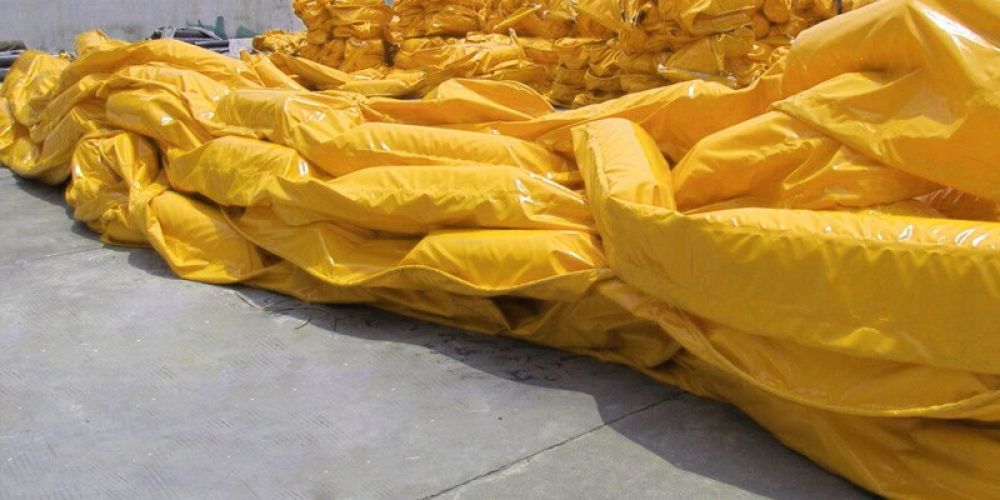
Safety and Environmental Protection Measures in the Thermal Bonding Production of Oil Booms
In the manufacturing process of oil booms, safety and environmental protection measures during thermal bonding are critical. Below are detailed safety operating procedures and environmental protection measures for the thermal bonding production process:
1. Equipment Safety
2. Operational Guidelines
3. Fire Safety
4. Electrical Safety
1. Waste Gas Treatment
2. Noise Control
3. Solid Waste Management
4. Water Resource Conservation
5. Energy Consumption Optimization